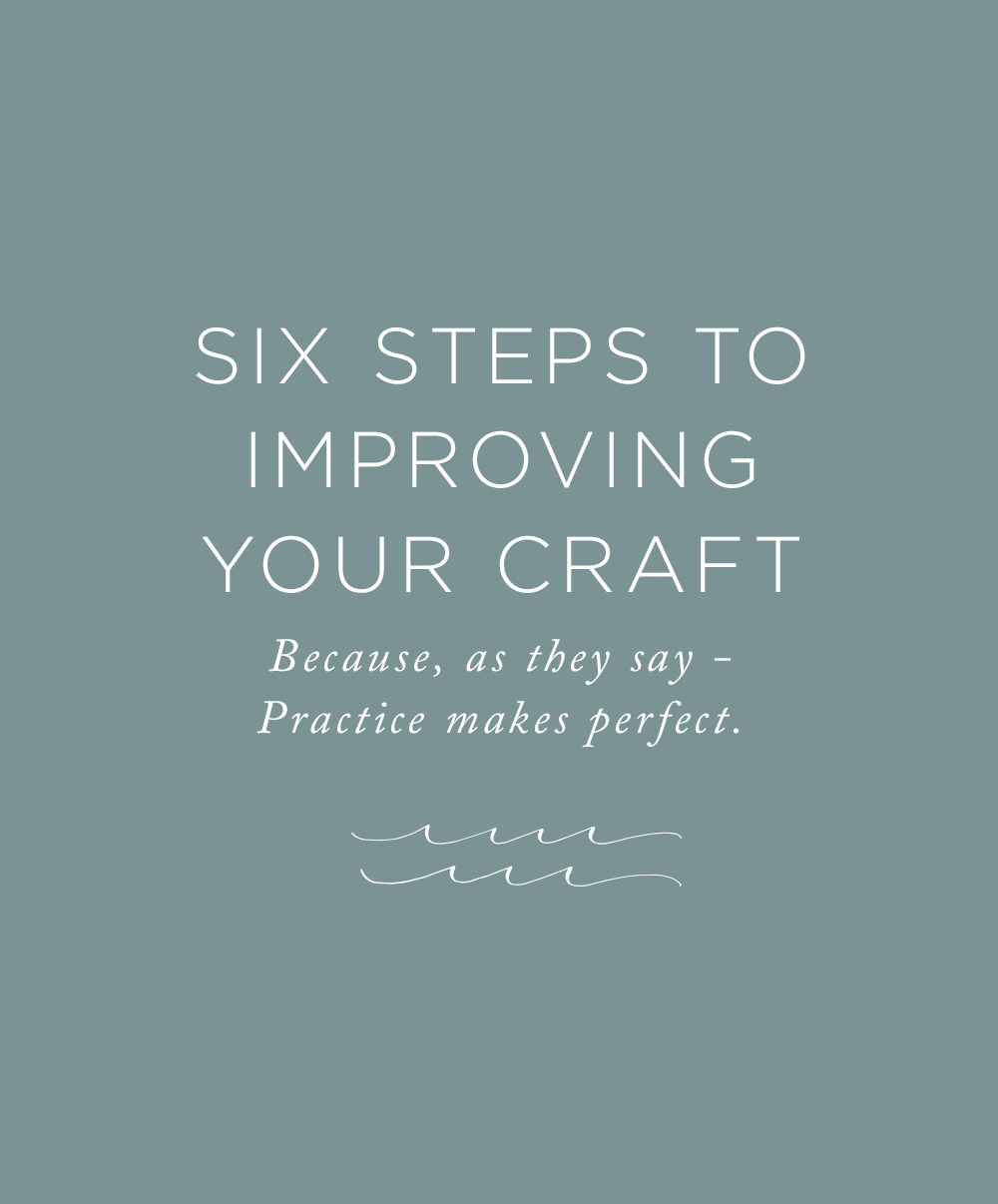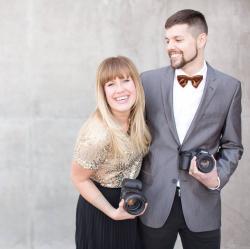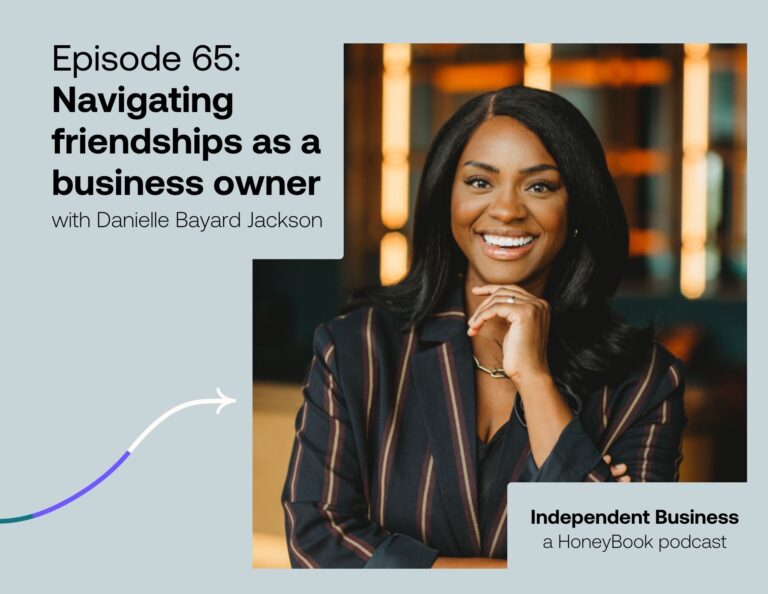
When we first started taking pictures, we would go out just to take pictures. We were practicing. Then all of a sudden: as we got busier + were constantly taking pictures for weddings and sessions, we no longer had the drive to go + take pictures outside of our sessions. We stopped pushing ourselves because we were producing images our clients loved. We knew that the quality of our work was good, but we also felt the little wrench in our gut telling us that something was missing. We needed to practice. To find + set aside time with the intention + purpose of developing better images. So we came up with a plan to do just that.
Practice Makes Perfect!
1. Find something specific to Practice
Unlike our time practicing when we first just started getting to know our cameras, we knew that this practice time had to have (at least most of the time) a specific thing we were setting out to accomplish. Maybe we noticed that our photos with a certain lens haven’t been turning out how we wanted, or our reception lighting was missing that little spark we’ve been searching for. Whatever the reason, we do research on the subject to come up with some techniques to try during our practice sessions.
2. SCHEDULE time to go Practice
There is something about writing something down that just makes it set in stone. We knew that if we didn’t write it in our calendar, there was a good chance we would overlook our practice + fall back into the vicious cycle we just got out of. Depending on the subject we plan to work on we set an appropriate time (30 min, 1 hour, or whatever you can fit in!) during the appropriate time of day (you can’t practice sunset pictures at noon!) + then we put them in our synced iCalendar with reminders so we CAN’T forget.
3. Develop a thought out plan for your Practice Time
To make the most out of our practice time, we come up with a thorough game plan. We knew that if we had a very specific goal we were trying to accomplish for a given practice session, we were far more likely to achieve it! If we just went out to take pictures, we would most likely get good images + become better (a tiny bit anyways), but we wouldn’t have solved the initial problem we were trying to solve. If, during the practice session, a new subset of problems arises, we make a note + go back to step 1 so we can better master that subject.
4. Challenge Yourself
I strongly believe that the only way to get better at something is to push yourself to the point of discomfort. Now, I’m not talking about running on a sprained ankle! When you step outside your comfort zone, your brain is pushed into a new way of problem solving + you can often come up with a solution unique to you! Practice provides you with a stress free environment to push your creative boundaries.
5. Reward ourselves if we accomplish what we set out to do
Come up with some sort of reward system for achieving your goals. Maybe you really like ice cream. I mean, we all like ice cream right? Grab some on the way home! If you reward yourself for accomplishing something, you are helping your brain to automate good habits + we are all creatures of habit! If you can find something your brain likes, even though it’s borderline bribery, you are helping to reinforce the habit loop ; )
6. Stay positive if we don’t get it right the first time
If you don’t nail it the first time that’s perfectly ok! This is WHY we practice! Don’t let failure deter you from practicing. Often times when we set out to solve a problem, a handful of other problems arise. Although the problem may not have been solved, you were able to find out that it was a bit more complex than you thought! Now, you have the opportunity to break the original problem into smaller, more manageable problems. Eventually, if you stick with it, you will be a master at anything you put the time into!
I know this post got a little lengthy, but I really believe that what you are trying to get better at, or the problem you are trying to solve, can be tamed if you attack it with a game plan + practice, practice, practice! Sometimes the most rewarding work is the work that we have to roll up our sleeves to do. The work that there is no easy way out for.



